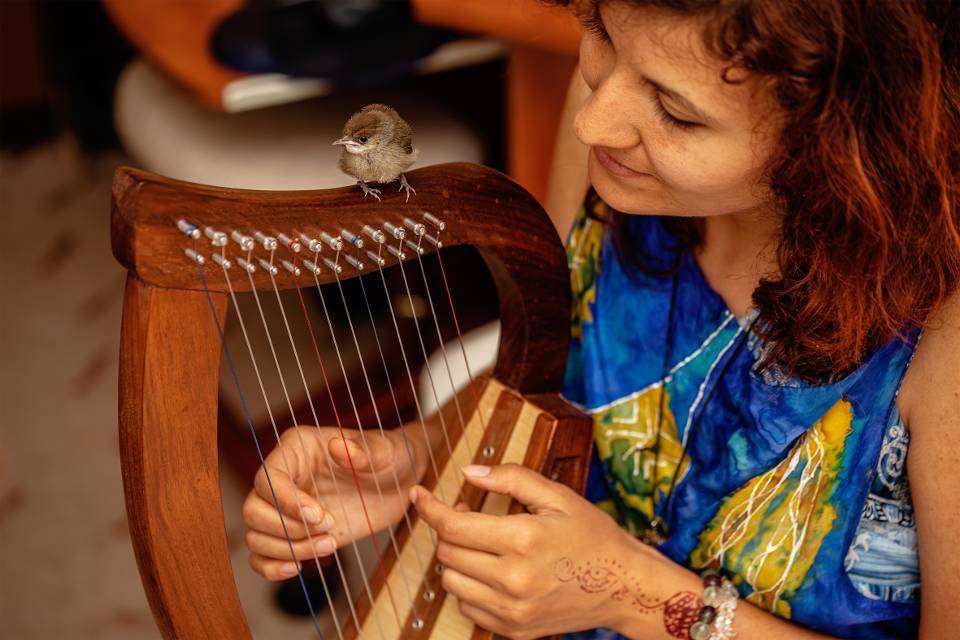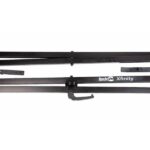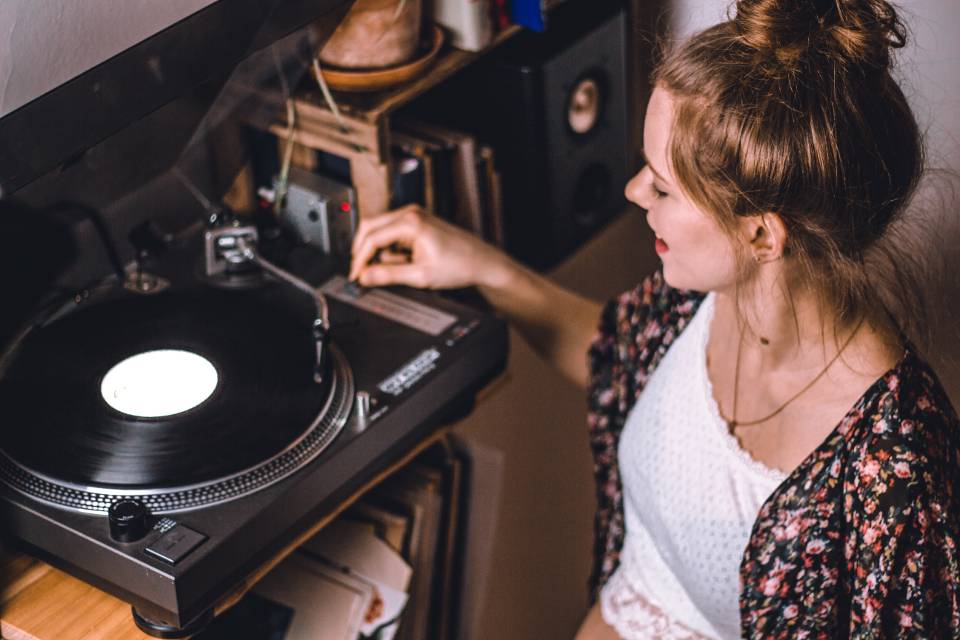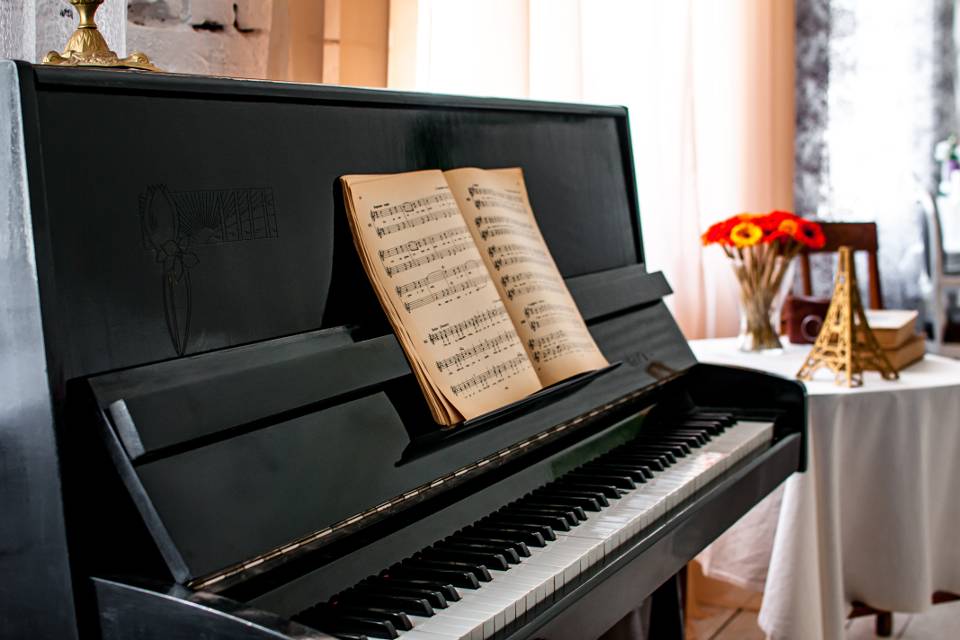Have you ever considered learning to play the harp or buying one for yourself? If you have, you may be in for a surprise when you find out just how expensive it is.
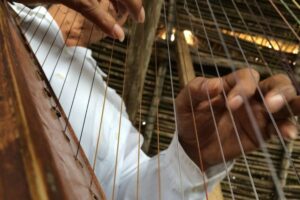
Harps can be pricey, so you should buy it because you need it. Here’s one theory: maybe you wouldn’t be so surprised if you discover why harps are so expensive.
As you go through this article, you will learn about several factors that drive or influence the high price of harps. So, buckle up and enjoy the ride!
Contents
Why is Harp so Expensive?
The high prices of harps are driven by multiple legitimate factors like their design, the high-quality materials used during their production, the significant amount of time it takes to manufacture them, and their availability in the market, among other reasons.
Let’s briefly consider each of these factors to better understand why harps are so expensive.
Design and Craftsmanship
Harps are made up of many different parts and pieces that include strings, pedals, and levers.
These parts are not assembled using any machine; harps are entirely handmade.
Try to imagine a skilled artisan meticulously fitting all these little pieces together in the exact order.
It requires keen attention to detail during this manufacturing process. Right from the careful fixing of each string, pedal, or lever to the laborious overall design, it is a time-consuming endeavor.
According to experts, each harp undergoes the careful attention of at least 35 skilled individuals out of a team of 120 woodworkers, gilders, and artists who work at the factory.
Rather than rely on heavy machinery, this factory relies on manual labor because each process requires utmost dedication and precision.
To better understand this concept, a concert grand harp is made up of around 2,000 individual parts.
Just think about that for a moment! According to experts, some complex harps require more than a year to complete.
High-Quality Materials
The construction and design process starts with a careful search for premium materials.
The emphasis here is on the word “premium.” Among the most sought-after materials are fine woods like maple, mahogany, and spruce.
It must be these exact woods because of their resonance and durability. Each frame, soundboard, and column undergoes shaping, carving, and assembling.
The harp’s soundboard, responsible for amplifying its sound, is carefully crafted from spruce.
Spruce is chosen for its strength, lightness, and flexibility, making it an excellent material for this purpose.
The even grain of spruce contributes to the soundboard’s exceptional performance. The center strip of the soundboard is made of tough and tension-resistant beech.
The disks and pedals of the harp are constructed from brass, while the internal mechanism connecting them, called the action, is typically made of stainless steel or brass.
Harp strings can be made of steel, gut (derived from sheep intestines), or nylon.
These high-quality materials are not easy to come by. Manufacturers go to great lengths to source the best materials available, further adding to the high cost.
Specialized Skills and Expertise

Just as playing the harp is an art that requires dedication, discipline, and a unique set of skills, the art of building and maintaining harps demands a level of expertise that only a few possess.
Manufacturers are not just craftsmen; they are artists who have acquired an intimate understanding of the harp’s inner workings, tonal palette, and harmonious interplay of the piece that makes up the harp.
The process of manufacturing a harp involves careful positioning of each string to ensure optimal tension and resonance.
From the delicate mechanisms that control the pedals to the intricacies of shaping the column and the delicate string spacing, they navigate a lot of technical challenges.
Mastering these skills can take decades to develop, and the expertise and experience involved in this special craft are sure to influence the cost of harps directly.
Limited Supply and Increased Demand
Do you remember the law of demand and supply? When there is an abundance of a particular item, but not enough people are interested in buying it, prices tend to go down.
On the other hand, when there’s a high demand for something, but the supply is limited, prices tend to go up.
In the case of harps, there is a limited supply in the market, hence increased demand. But is that true?
When compared to other popular musical instruments like guitars or pianos, the number of harp producers worldwide remains relatively small.
What this means is that the supply of harps struggles to keep up with the demand from musicians worldwide.
Dedicated artisans take on the responsibility of crafting these scarce musical instruments.
They pour their skills and expertise into constructing each harp, and they ensure that the highest standards of design are met.
However, the intricate process of manufacturing a harp takes a significant amount of time. As a result, there is a scarcity of harps in the market.
This is a unique challenge faced by harp manufacturers.
To minimize the effect of this shortage, they must carefully manage their resources to meet the increasing demand while not compromising on the exceptional quality that musicians expect.
Additionally, the limited number of skilled manufacturers also contributes to the scarcity of harps in the market.
All these factors combined lead to high production costs, which is reflected in the prices of harps.
Brand Reputation and Prestige

Each brand has its own reputation, and even among brands, there is a hierarchy. More established brands hold that special place of honor and distinction among consumers.
Harps that are manufactured by renowned brands carry a reputation that is highly coveted by musicians.
These brands have been in the game for longer and have earned their esteemed status over time.
Therefore, harps from such brands often come with a high price tag that reflects both the brand reputation and the ‘perceived’ value as judged by customers.
While choosing brands to go for is a personal decision, acquiring a harp from a popular brand means much more than just owning a musical instrument.
Some have compared it to owning a piece of history and heritage or as an investment in the legacy they represent.
It’s a way for musicians to own an instrument of remarkable distinction and craftsmanship, and they are willing to pay a premium price for such a treasure.
Other Factors
When it comes to harps, transportation and shipping play a major role in determining their prices. You see, harps are not your everyday, easy-to-handle objects.
Because of their size and delicate nature, they require special care and packaging during shipping, which can drive up the costs.
When harps cross borders, they encounter import/export taxes and tariffs imposed by different countries.
These additional fees add extra expenses to the overall cost. Think of it like an unexpected toll booth that harps must pass through.
And when that happens, know that it will affect the final price you pay.
Verdict
In summary, why is the harp so expensive?
It is a combination of the craftsmanship involved, the use of quality materials, the interplay of supply and demand, and the need for specialized skill sets and expertise.
However, you don’t need to be discouraged by the cost of harps because these reasons are legitimate.
If you are the manufacturer, will you put in these efforts for free or cheap?

